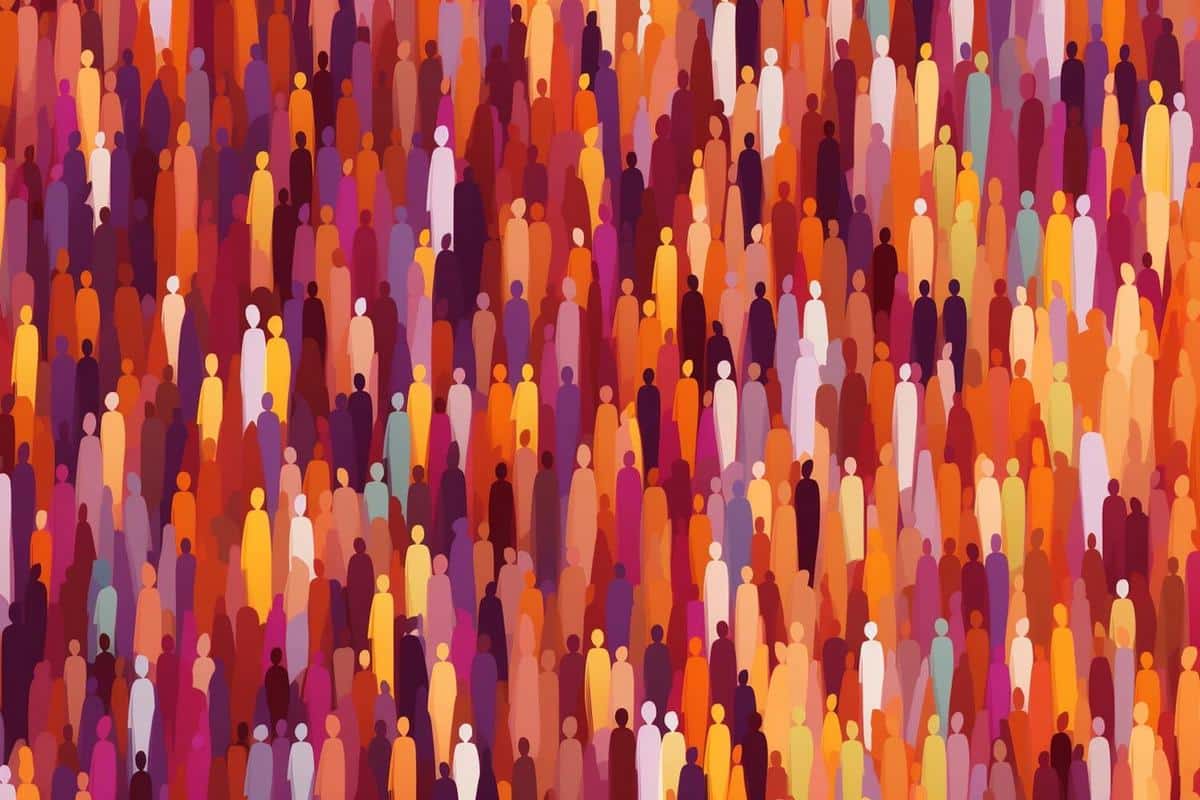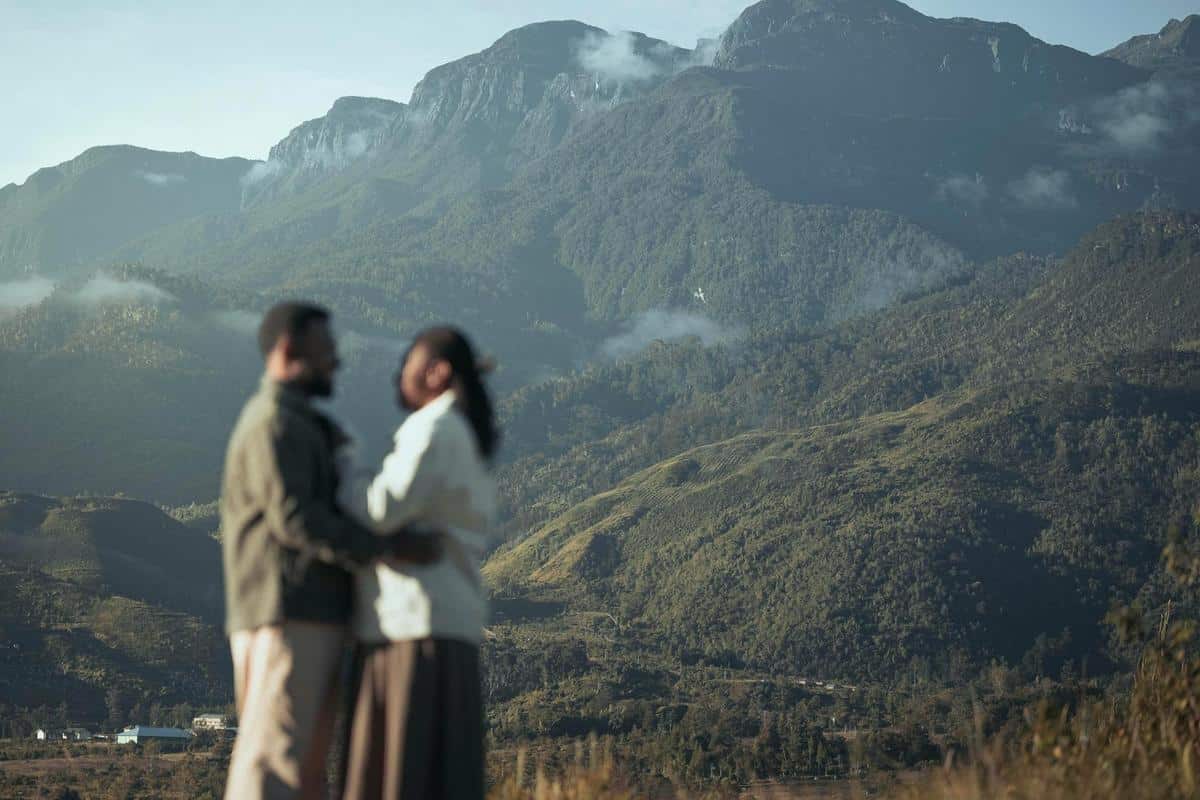
The Impact of Color Theory on Your Photographs
Color is a powerful tool in photography, capable of evoking emotions, setting a mood, and transforming a photograph from ordinary to extraordinary. Understanding the principles of color theory can significantly enhance your photographic skills, enabling you to create visually stunning images that captivate your audience.
In this article, we delve into the impact of color theory on your photographs, exploring expert insights, research findings, and practical tips to apply color theory effectively in your work.
Understanding Color Theory
Color theory is a framework that photographers use to understand how colors interact with one another. It’s not just about selecting hues that look good together; it’s about creating harmony and balance in your images.
Expert Insights
Renowned photographer Joe McNally once said, “Color is a part of the composition that speaks to us on a subconscious level.” This highlights the importance of thoughtfully choosing colors to guide the viewer’s experience.
Research Findings
According to a study published in the Journal of Vision, color significantly affects visual perception, with certain combinations enhancing memory retention and emotional response. This underscores the importance of color choice in creating impactful images.
Personal Experience
During a recent shoot in a vibrant garden, I found that using complementary colors like yellow and purple helped the flowers pop against the lush greenery, bringing a dynamic quality to the images.
Applying Color Theory in Photography
Actionable Tips
- Use a color wheel to find complementary colors that can create contrast and balance in your photos.
- Experiment with monochromatic schemes to evoke a specific mood or atmosphere.
- Consider the psychological impact of colors; for example, blues can convey calmness, while reds can evoke passion.
Color Theory in Action: A Comparison Table
| Color Scheme | Description | Example Usage |
|---|---|---|
| Complementary | Colors opposite each other on the color wheel | Orange and blue in sunset photography |
| Analogous | Colors next to each other on the color wheel | Green, yellow-green, and yellow in nature shots |
| Triadic | Three colors evenly spaced on the color wheel | Red, yellow, and blue in vibrant street photography |
| Tetradic | Two complementary color pairs | Red, green, blue, and orange in dynamic portraits |
| Monochromatic | Different shades, tints, and tones of one color | Various shades of blue in seascapes |
| Split-Complementary | A base color and two adjacent to its complement | Blue, yellow-orange, and red-orange in fashion photography |
| Warm Colors | Colors that evoke warmth | Red, orange, yellow in autumn landscapes |
| Cool Colors | Colors that evoke calm | Blue, green, purple in winter scenes |
Frequently Asked Questions
How can I start applying color theory in my photography?
Begin by studying the color wheel and experimenting with different color schemes in your compositions. Pay attention to how different colors affect the mood and balance of your images.
What is the most important aspect of color theory for photographers?
Understanding how colors interact and the emotional responses they evoke is crucial. This knowledge allows you to use color intentionally to enhance your storytelling.
Conclusion
Understanding and applying color theory can profoundly impact your photography, allowing you to craft images that are not only visually appealing but also emotionally resonant. By experimenting with different color schemes and considering the psychological effects of color, you can elevate your photographic work. Remember, the key is to practice and observe the results, continually refining your approach to achieve the desired impact.

